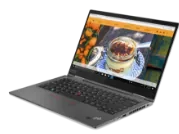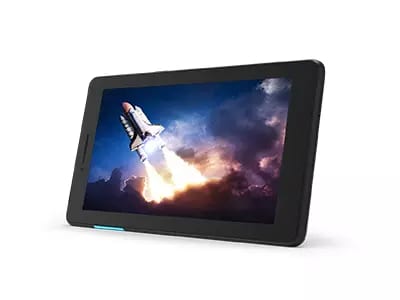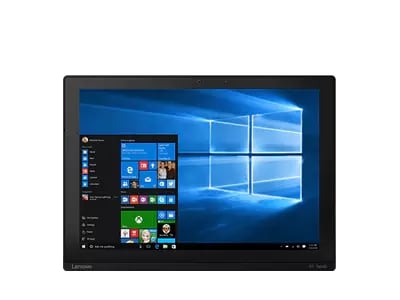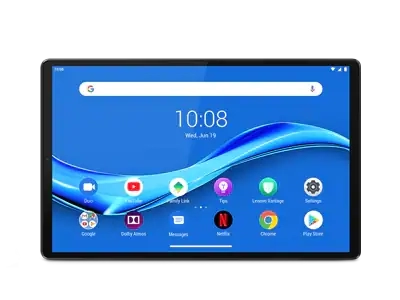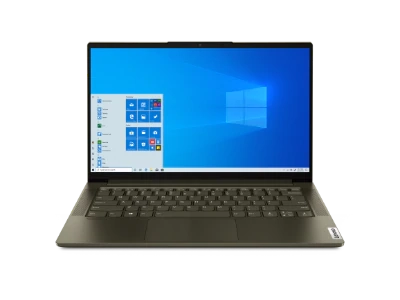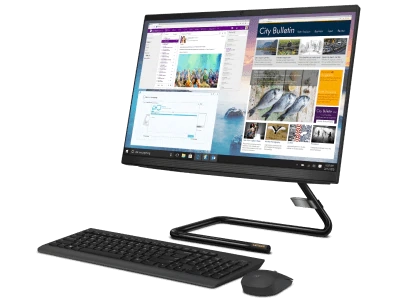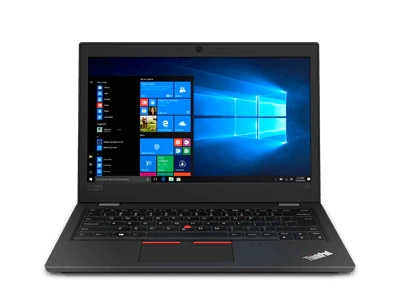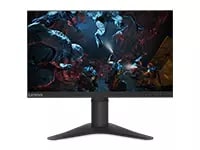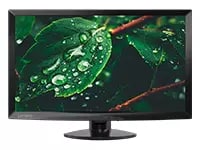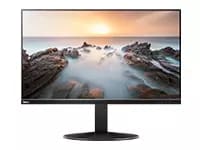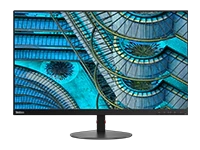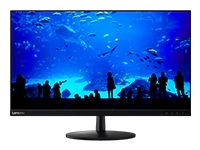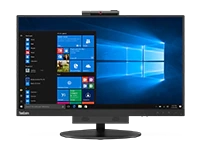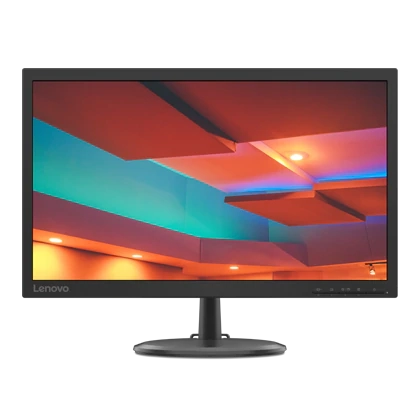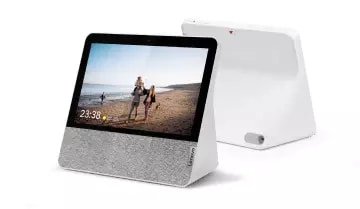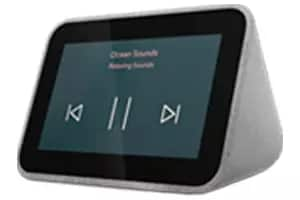Guide to Gaming Desktop Cooling
Anyone who’s ever made use of a gaming PC has likely become aware of one of their main drawbacks: They can generate a great deal of heat.
A gaming PC typically consumes a great deal of resources, drawing roughly the same amount of power and generating the same amount of heat as a small space heater. Spend some time in an enclosed room playing computer games, and after an hour or so the temperature of the room will likely become unbearable.
Any computer component that consumes electricity creates some amount of heat, but the heat generated by a gaming PC can be more than an inconvenience. In fact, without proper cooling that heat can affect the PC’s performance and eventually cause damage to the machine’s internal components.
What Happens When Your Gaming PC is too Hot?
When it comes to managing heat in a gaming PC, there are two main components that can be the source of issues: The CPU (processor) and the GPU (graphics processing unit or graphics card). Those components can generate a great deal of heat even under normal use, and the problem can be exacerbated under heavy load or when the component is overclocked, or tweaked to run faster than its rated design.
Desktop cooling can be such a concern that there are a number of software programs that measure temperature, both free tools and those designed to monitor specific brands of components.
The first issue that can arise with excessive heat is an impact on performance. Most CPUs and graphics cards include mechanisms, often called Thermal Throttling, that can reduce performance if the component reaches a certain temperature. That can be extremely frustrating when you’re just about to eliminate an alien horde and your PC slows down because of Thermal Throttling, allowing you to be overrun.
In addition, because many computer components are cooled by fans, constant operation of the machine under high temperatures can result in excessive fan noise, interfering with the gaming experience.
And if left unaddressed, excessive heat can cause your computer to shut down, shorten the lifespan of components or even cause them to fail. With high-end processors and graphics cards costing hundreds of pound or even more than a thousand pound, that can be a significant hit.
Keeping it Cool
Computer manufacturers including Lenovo incorporate a number of desktop cooling solutions in their machines to address the issue of excessing heat. The most common is air cooling.
Of course, most components will use heat sinks; pieces of metal that sit on top of the component and draw heat away via a set of fins. Heatsinks are passive, with no moving parts. When installing or replacing a heat sink, however, it’s critical to use heat sink paste, a sticky compound that is spread between the component and the heat sink. Without it, the heat sink will be largely ineffective.
In addition, fans mounted on CPUs and graphics cards automatically turn on when heat reaches a certain level. Other fans, mounted on the computer case, pulls in cool air and pushes out hot air.
Although fans may be the most common method of active cooling in a gaming PC, they do have their limitations. Fan cooling may not be as effective if the ambient air temperature is high or if the fans or components become covered with dust.
Another, possibly more effective way of managing heat in a gaming PC is liquid cooling. It’s not as common a method as air cooling, but it can be more effective.
In much the same way as the cooling system in a car functions, water (or some other liquid) is pumped through cooling blocks (similar to heat sinks, except without the fins) that sit on top of the components to be cooled. The liquid transfers the heat to a radiator which disperses it into the air, and a pump sends the liquid back to the cooling block.
Liquid cooling offers several advantages over air cooling. Because the liquid is denser than air, it’s more efficient. Unlike the fans used in air cooling, liquid cooling is silent. Because the system is sealed, once installed it requires very little maintenance. At no point does liquid actually touch the components.
Liquid cooling systems also take up less space than fans. This allows for a slimmer profile or allows more components to be installed in the same real estate.
In addition, noting that gamers often like to show off their gaming rigs via transparent cases and fancy lighting systems, liquid cooling systems look, well, cool.
On the downside, liquid cooling systems can be expensive, with some aftermarket solutions costing several hundreds of pound. Because they involve more components, such systems can be complicated to set up.
And while it may be rare, there’s always the possibility that liquid cooling systems may leak and cause damage to the system.
Other more exotic cooling methods exist, although they are rarely used in home PCs. One includes completely immersing the computer components in a non-conductive liquid. Such systems are typically beyond the financial reach of most gamers and are generally used for data centers or industrial components.
Additional Steps to Take
For most gamers, the choice of a cooling method will come down to either air or liquid, depending on your budget, the type of system you have and your personal preference. In addition to these methods, though are a few simple steps anyone can take to improve the efficiency of their heat management system.
Chief among them of course, is to keep the inside of the computer clean. Vents, electrical components and fan blades will invariably accumulate dust that will lower the efficiency of cooling systems.
Although you may be tempted to use a vacuum to clean a computer’s inner workings, DON’T DO IT! The suction could inadvertently dislodge or damage components or cause a static buildup that could fry the motherboard.
Instead, power your computer off, disconnect the power cable and move the computer to a well-ventilated area. If it’s extremely dirty, you might want to wear a mask to avoid breathing in the dust that will be blown around.
The tools you’ll need consist of a screwdriver (If you need one to open the case), a can of compressed air, a cleaning cloth, cotton swabs, a pencil and a small paintbrush. Most Lenovo gaming desktops are designed for tool-free access, so a screwdriver won’t be needed.
Using the compressed air, blow the dust off the components, paying particular attention to fan blades, heat sinks and open slots. Use a pencil to keep the fan blades from spinning if necessary and wipe them down with the cotton swabs.
For areas that can’t be cleaned with compressed air, use the small paintbrush instead. Once you’re done, wipe the case completely with the cleaning cloth.
If there are areas that won’t come clean with wiping or compressed air alone, dampen the cloth with isopropyl alcohol. Don’t use an excessive amount, and NEVER use water.
Other steps to take include keeping your computer in a clean area that gets good airflow. Avoid stacking items next to the computer that may block vents.
And finally, don’t smoke while at the computer! Do so and the resulting tar and dust will quickly clog up the computer and degrade its performance. Smoke can be such a problem, in fact, some computer manufacturers have declined to perform warranty service on computers that were used in a smoking environment.
How often you perform such cleaning depends in large part on the environment in which your computer is located, but every three months or so is a good rule of thumb. Performing this cleaning routine on a regular basis is one of the easiest and most effective ways to get both maximum and life from your gaming PC.


Limits: Orders limited to 5 computers per customer. For larger quantities, go to the “Where to Buy” section of the website for details of resellers and retailers of Lenovo products
Offerings and Availability: All offers subject to availability. Offers, prices, specifications and availability may change without notice. Product offerings and specifications advertised on this website may be changed at any time and without notice. Models pictured are for illustration purposes only. Lenovo is not responsible for photographic or typographic errors..
PCs shown here are shipped with an operating system.
Prices: Web prices advertised include VAT. Prices and offers in the cart are subject to change until the order is submitted. *Pricing - savings referenced off regular Lenovo web prices. Reseller prices may differ from those advertised here.
**Battery: These systems do not support batteries that are not genuine Lenovo-made or authorised. Systems will continue to boot, but may not charge unauthorised batteries. Lenovo has no responsibility for the performance or safety of unauthorised batteries, and provides no warranties for failures or damage arising out of their use. **Battery life is based on the MobileMark® 2014 methodology and is an estimated maximum. Actual battery life may vary based on many factors, including screen brightness, active applications, features, power management settings, battery age and conditioning, and other customer preferences.
Finance is provided by Duologi. Duologi is the trading name of Specialist Lending Ltd.
General: Review key information provided by Microsoft® that may apply to your system purchase, including details on Windows 10, Windows 8, Windows 7, and potential upgrades/downgrades. Lenovo makes no representation or warranty regarding third-party products or services.
Trademarks: Lenovo, ThinkPad, IdeaPad, ThinkCentre, ThinkStation and the Lenovo logo are trademarks of Lenovo. Microsoft, Windows, Windows NT, and the Windows logo are trademarks of Microsoft Corporation. Ultrabook, Celeron, Celeron Inside, Core Inside, Intel, Intel Logo, Intel Atom, Intel Atom Inside, Intel Core, Intel Inside, Intel Inside Logo, Intel vPro, Itanium, Itanium Inside, Pentium, Pentium Inside, vPro Inside, Xeon, Xeon Phi, Xeon Inside, and Intel Optane are trademarks of Intel Corporation or its subsidiaries in the U.S. and/or other countries.© 2023 Advanced Micro Devices, Inc. All rights reserved. AMD, the AMD Arrow logo, Athlon, EPYC, FreeSync, Ryzen, Radeon, Threadripper and combinations thereof are trademarks of Advanced Micro Devices, Inc. Other company, product or service names may be trademarks or service marks of others.






